Following in the footsteps of Don Quixote
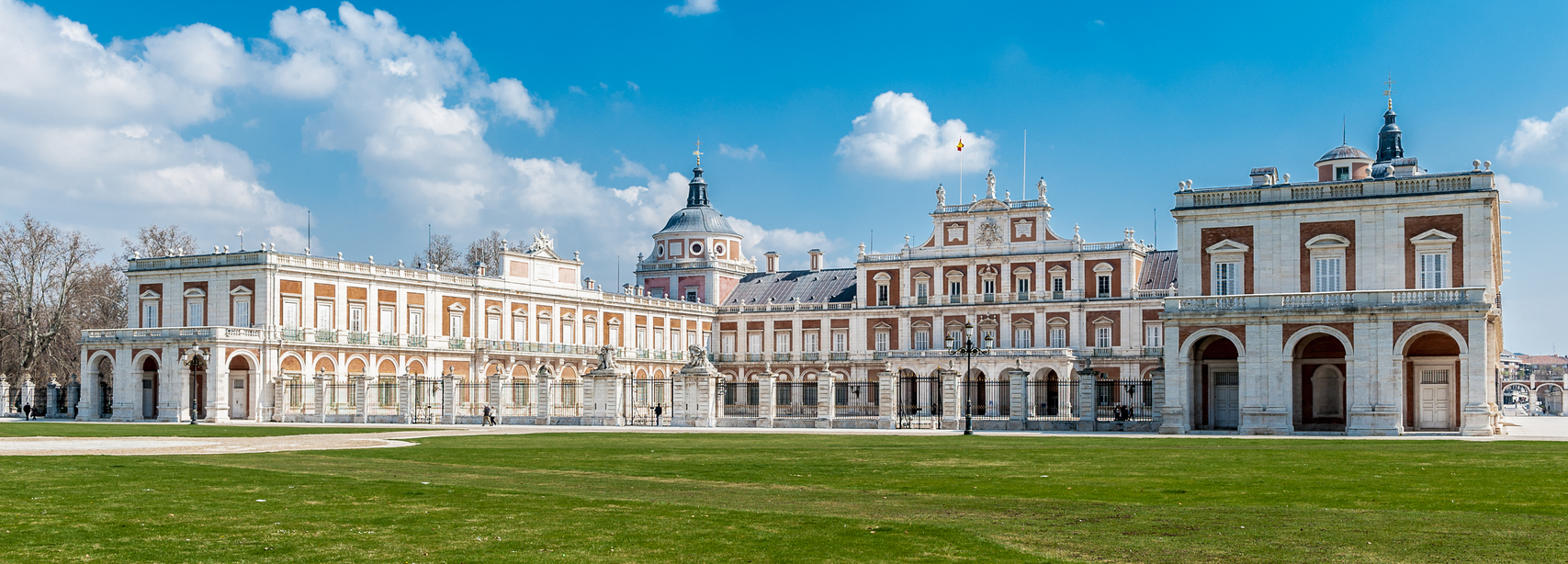

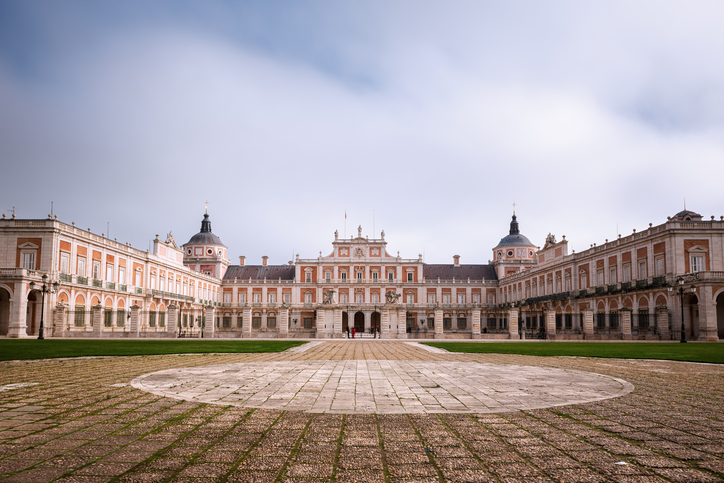
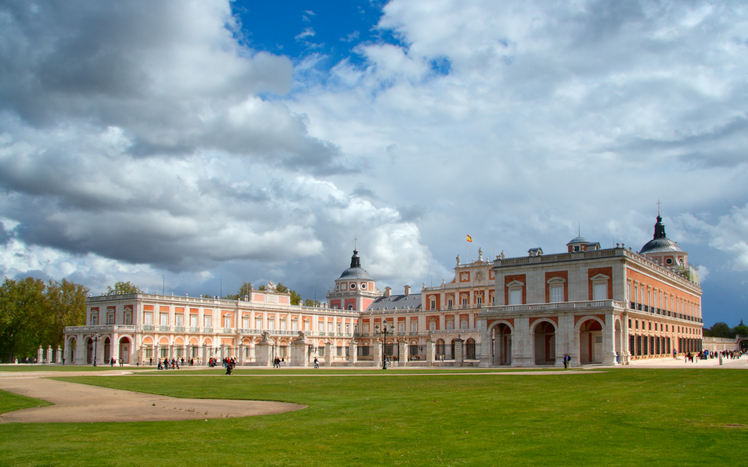
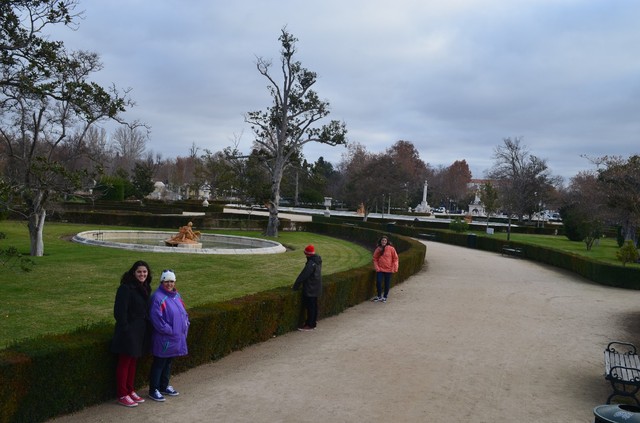
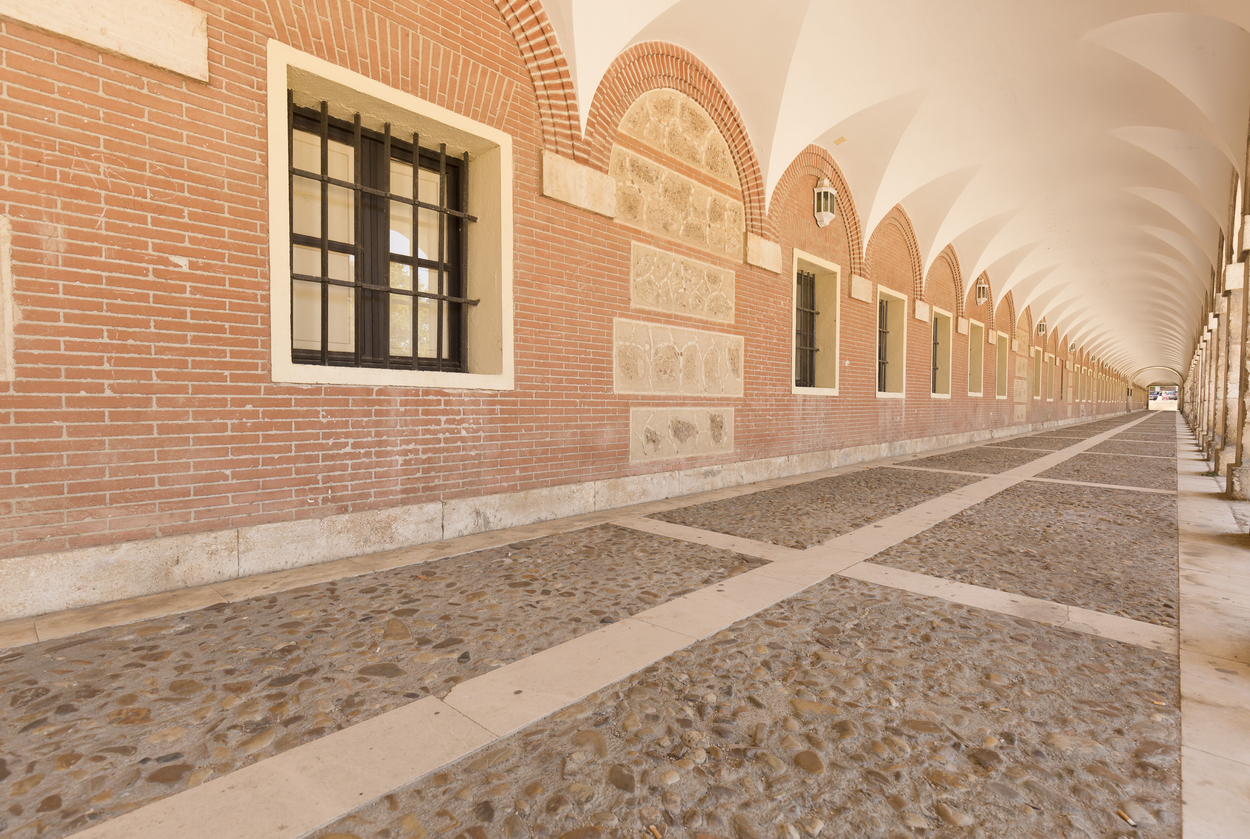
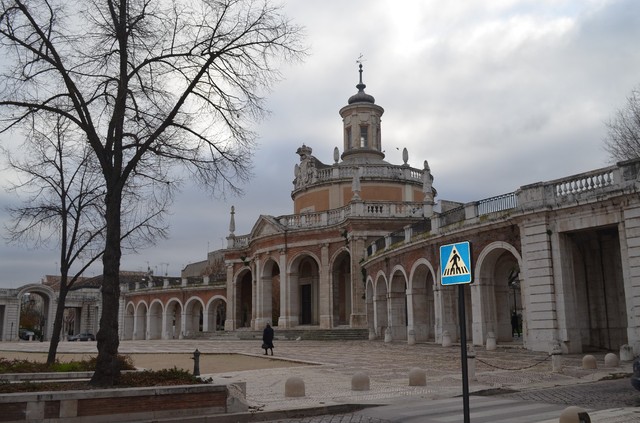
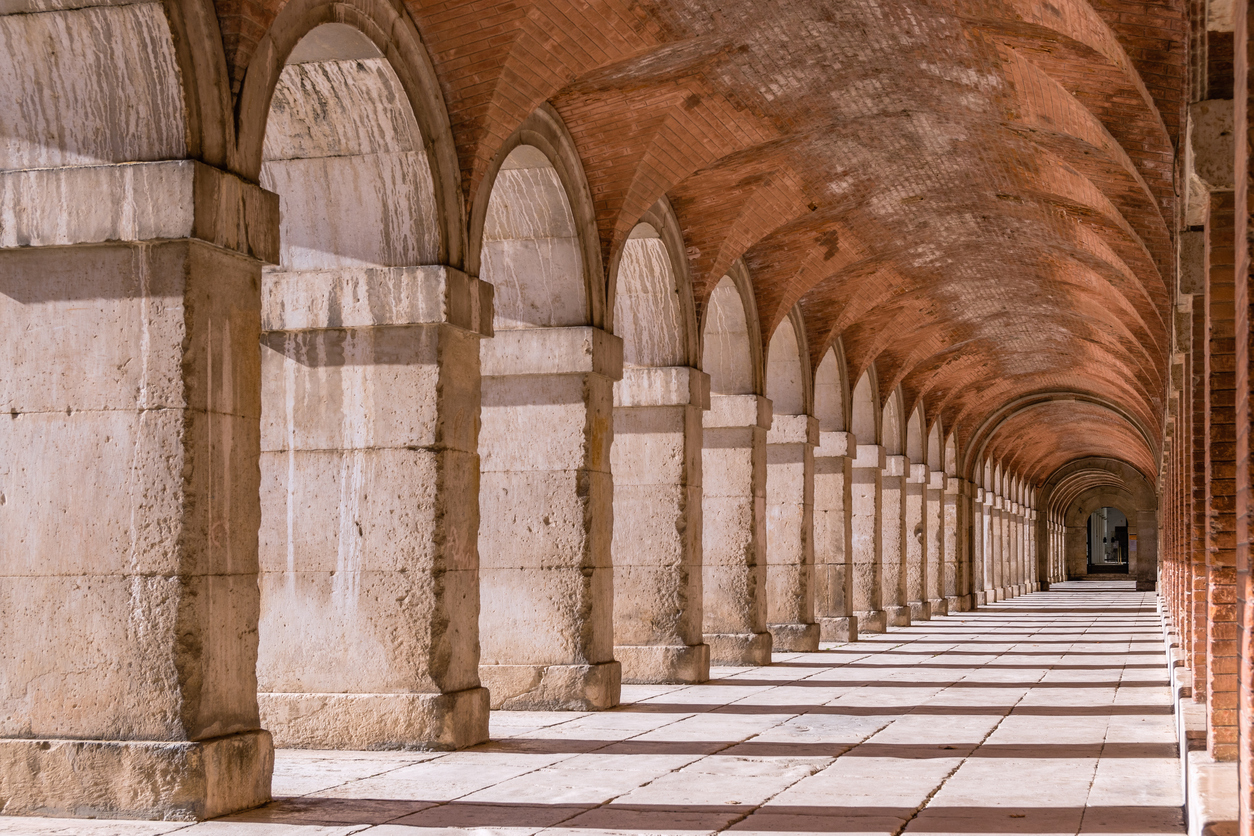

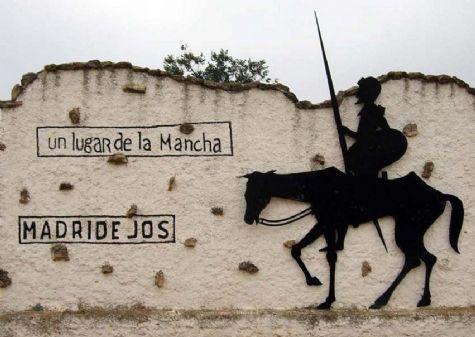
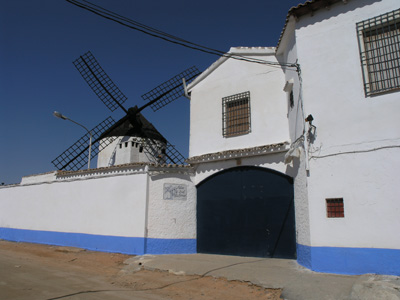
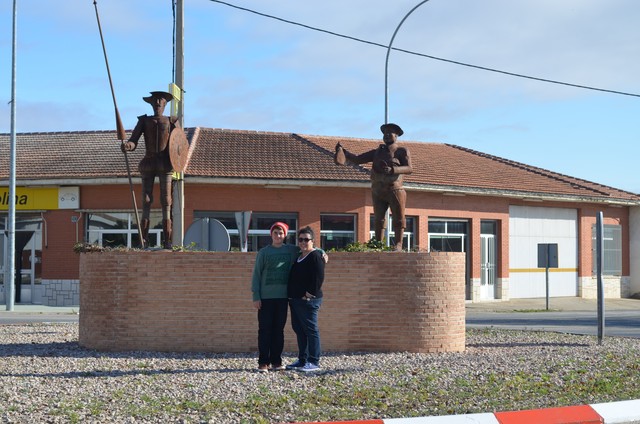
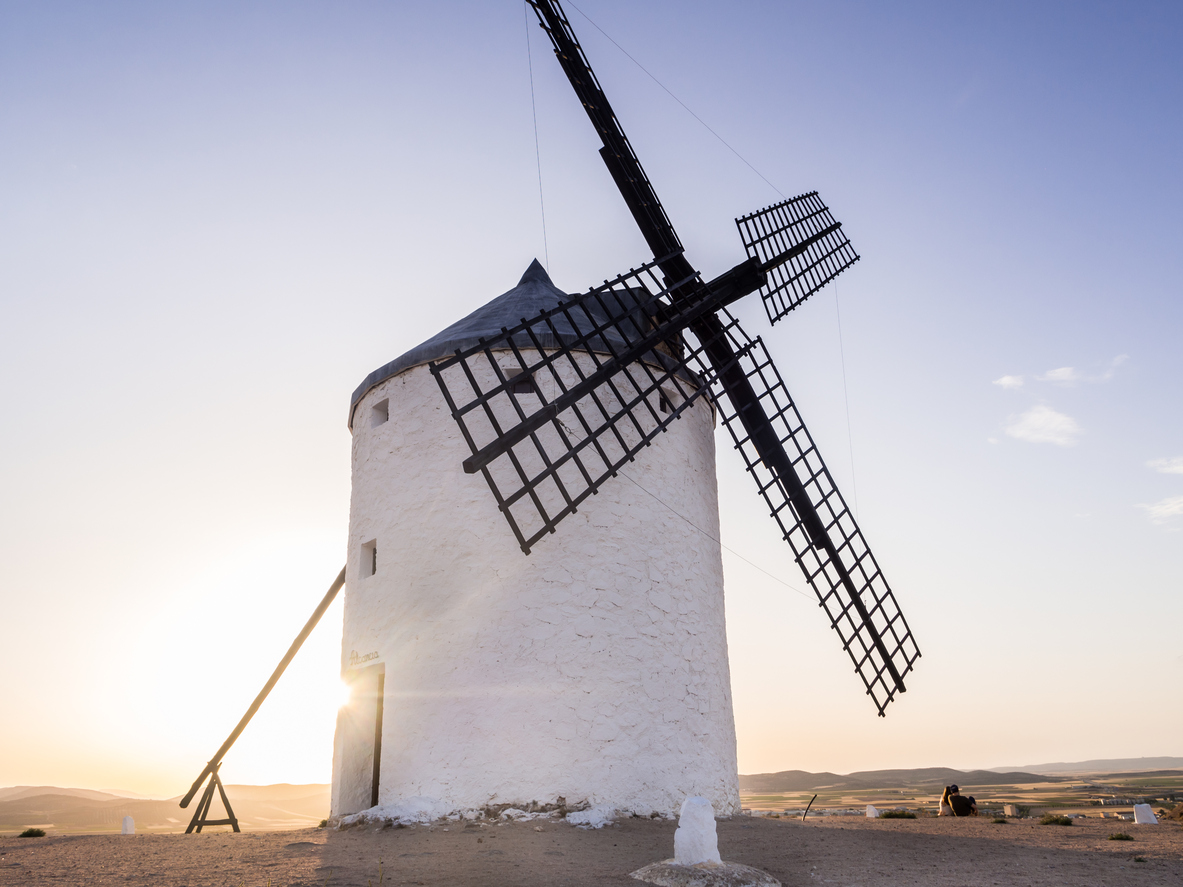

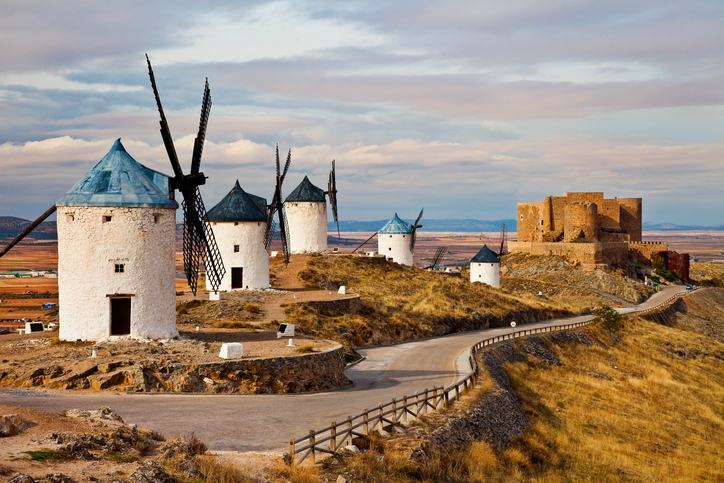
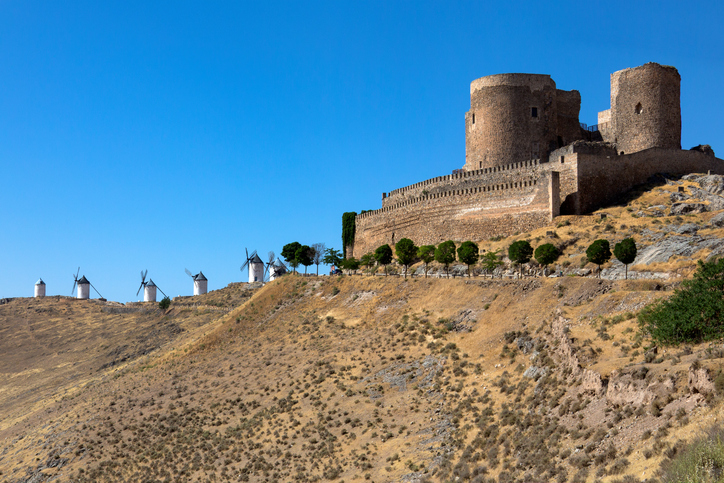
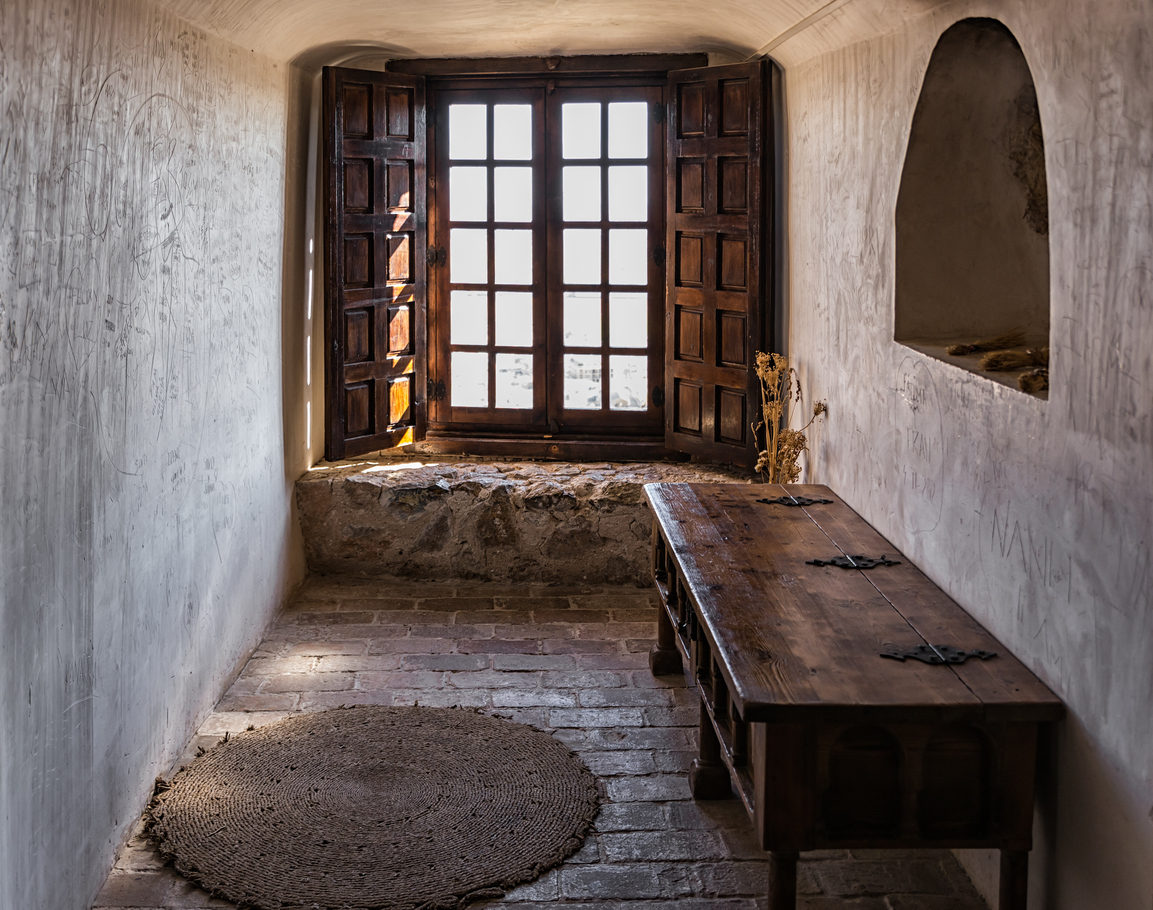

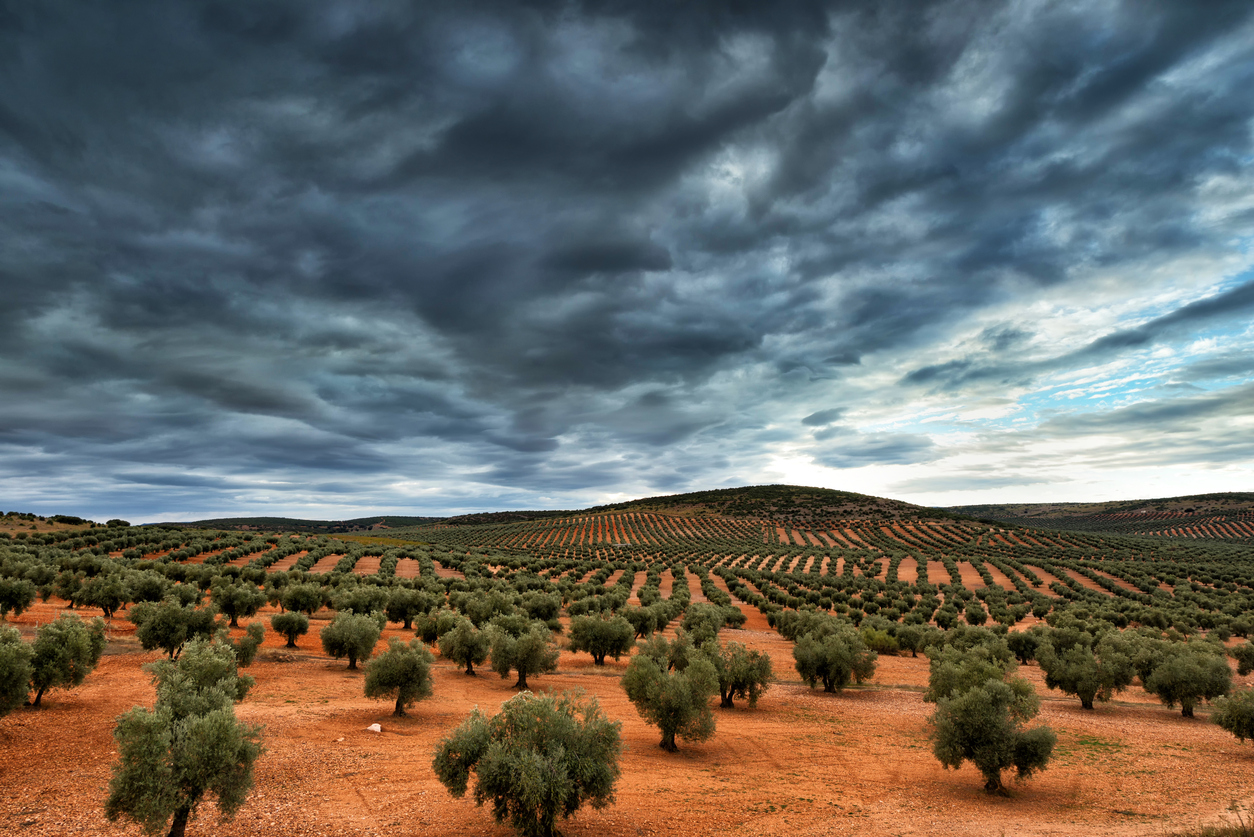
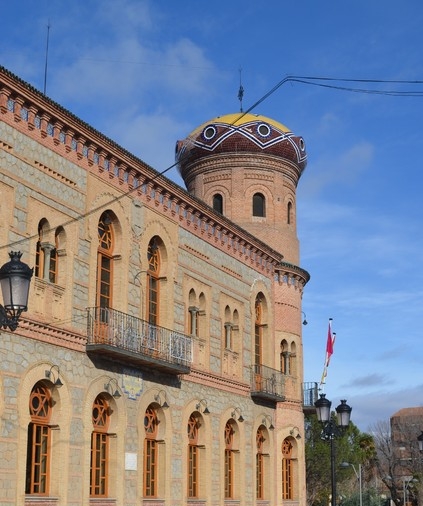
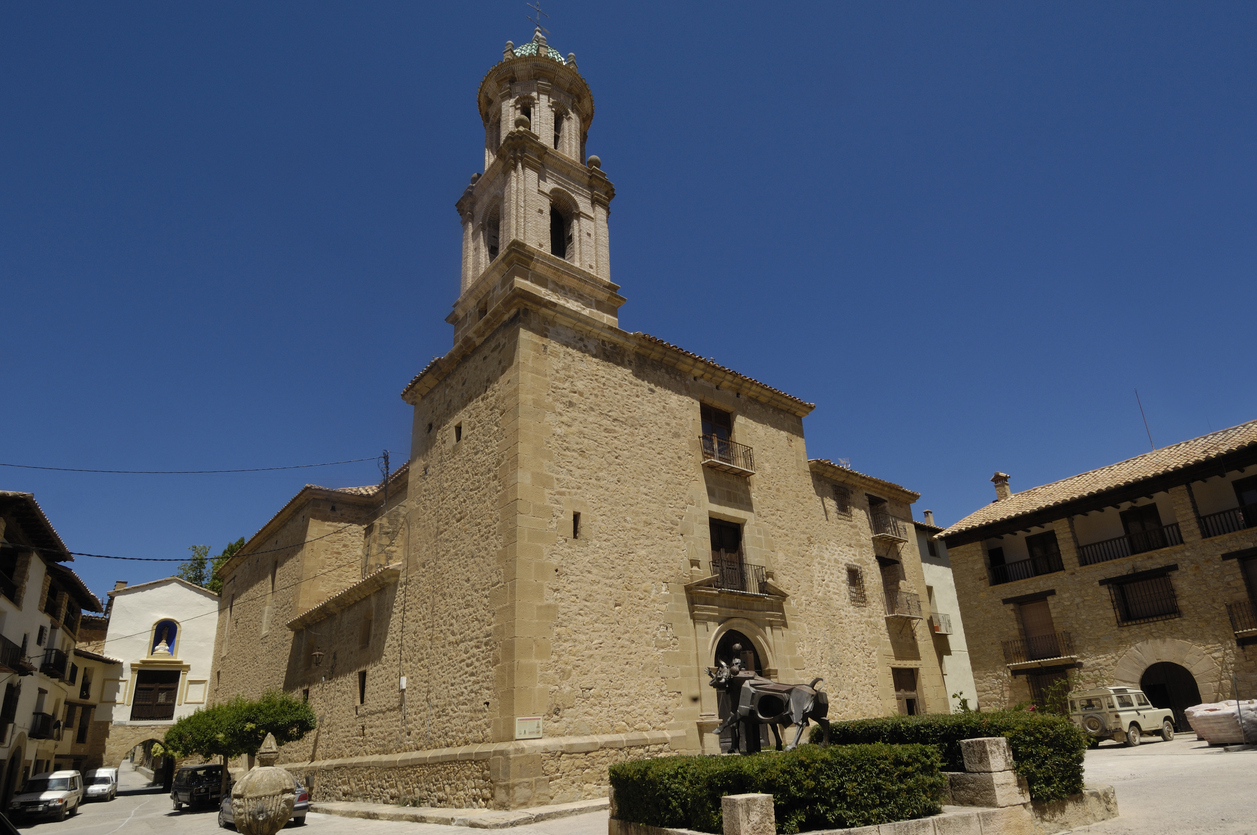
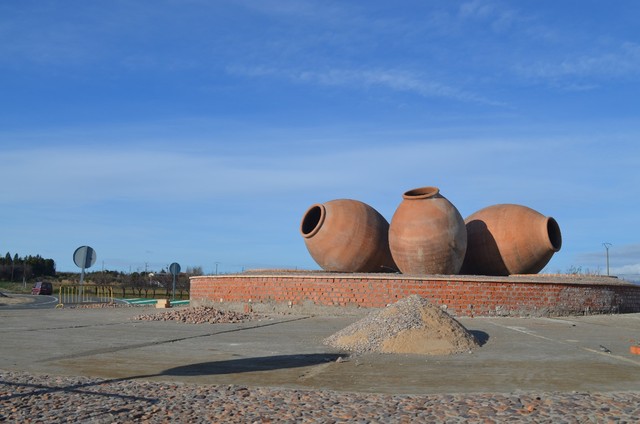
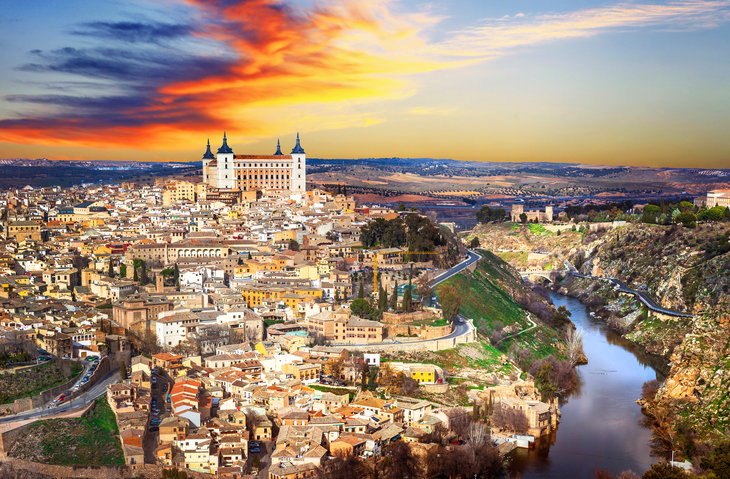

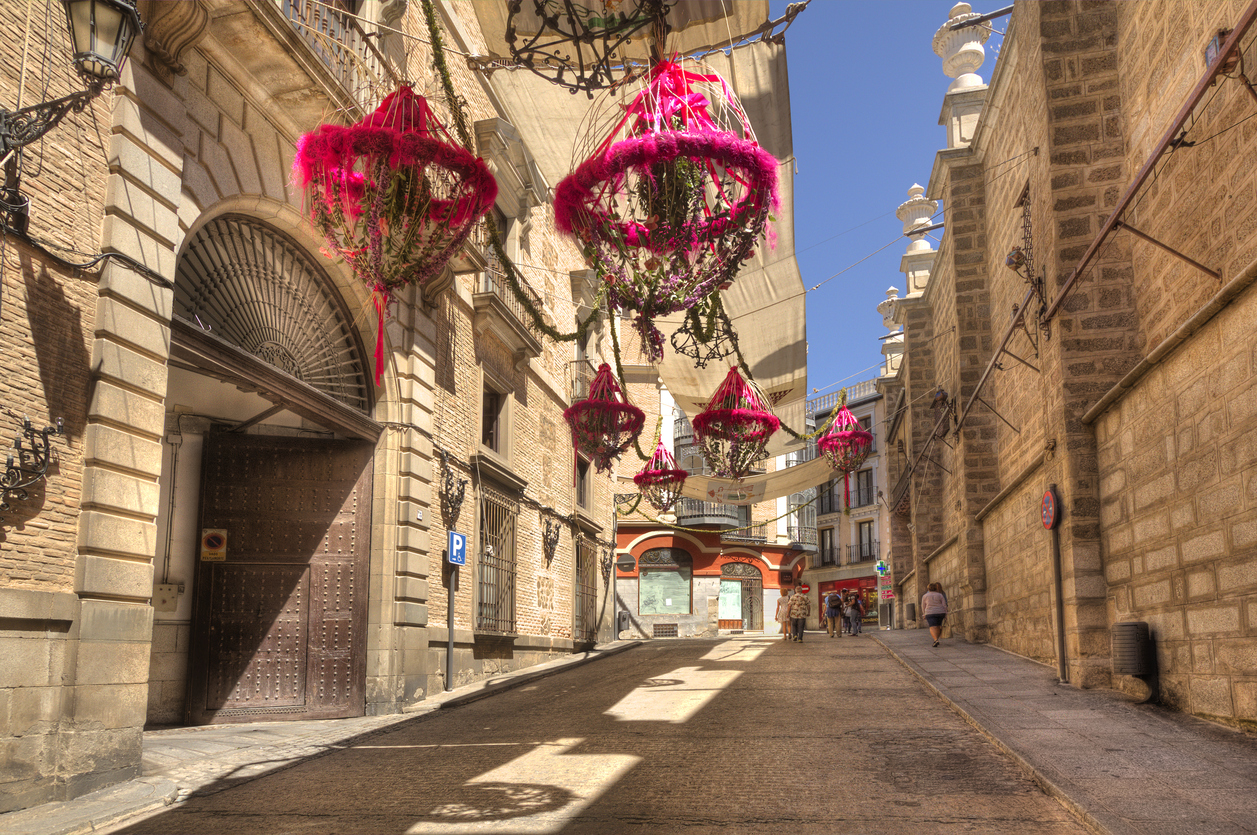
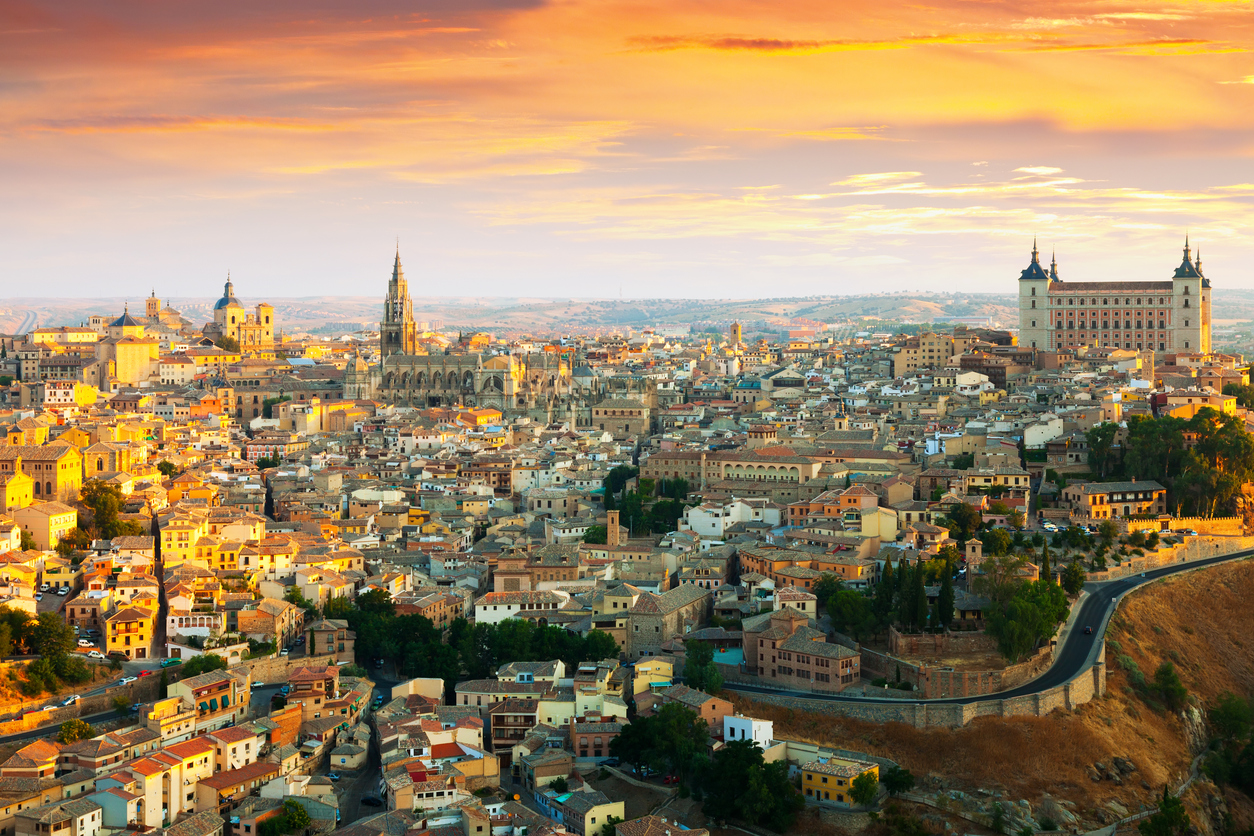
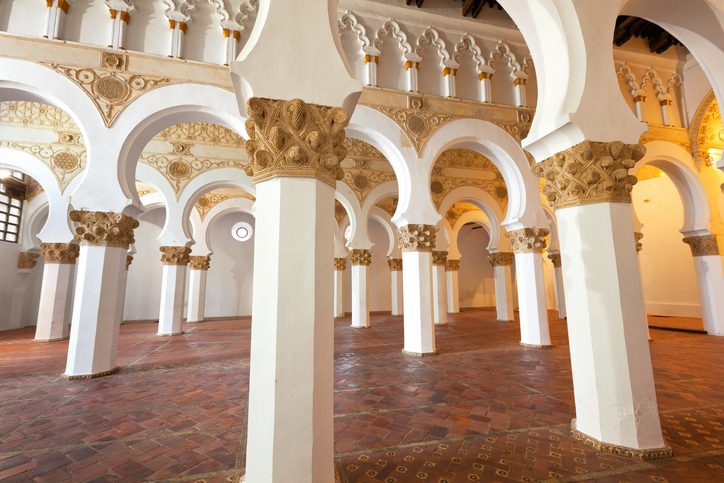
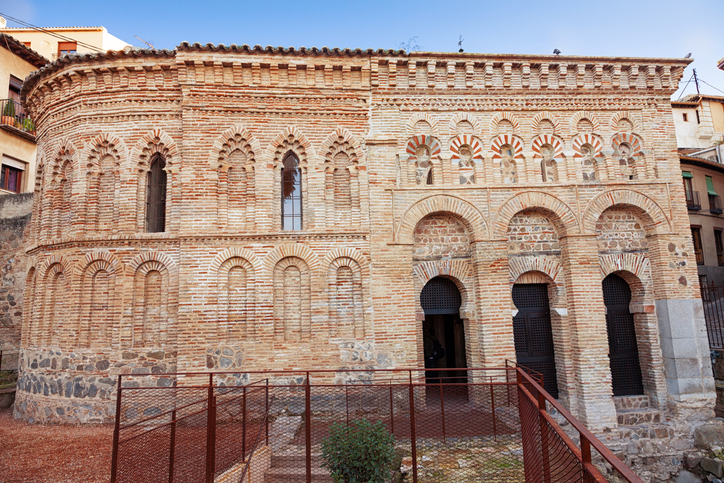
Castilla-La Mancha is a region in central Spain to the south and east of Madrid. The setting of 17th-century novel "Don Quixote" by Miguel de Cervantes, it encompasses plains dotted with vineyards, castles and windmills, plus mountain ranges. Aranjuez is a town on the River Tagus, south of Madrid. Its Renaissance, French-influenced Royal Palace has an elaborate facade and a lavishly decorated interior, including a porcelain room. On the grounds, by the river, are ornamental gardens like the Jardín de la Isla. In the Prince’s Garden is the Casa del Labrador, an ornate neoclassical mansion, plus an ornamental pond with a Chinese Pavilion.
Consuegra is an attractive town with nice squares and a number of Mudejar churches. The main square is the Plaza de Espana and has a Renaissance style town hall and houses with attractive wooden galleries. Opposite the town hall is the 'Los Corredoros' building in typical La Mancha 17th century style. It has lovely wooden details. Consuegra is famous for its windmills. These are the same ones, though restored, that Don Quixote fought in Cervante's novel "The Ingenious Gentleman Don Quixote of La Mancha" when he mistook the sails for the arms of giants. Also on the ridge overlooking the town is a ruined castle of 10th century Moorish origin, this is currently being restored and from here you get great views over the surrounding plains and the windmills.
Towering over the regional capital Toledo is the Alcázar de Toledo, a former fortress housing a military museum. Toledo is an ancient city set on a hill above the plains of Castilla-La Mancha. Known for the medieval Arab, Jewish and Christian monuments in its walled old city. It was also the former home of Mannerist painter El Greco, his paintings grace the Toledo Cathedral. The Moorish Bisagra Gate and the Sol Gate, in Mudéjar style, open into the old quarter, where the Plaza de Zocodover is a lively meeting place.
The Journey
Drive down the from Madrid to Aranjuez to visit the Royal Palace of Aranjuez, with its gardens, palaces, and imposing plazas. If you have the time this is a good spot to spend a night.
From Aranjuez, continue down the R-4/E-5 to Madridejos, which is the start of your Don Quixote adventure.
A short drive from Madridejos is Consuegra a wonderful little town, home to the molinos (windmills) and castle.
Leaving Consuegra and making your way back towards Toledo with a top off in Mora for lunch in the Plaza Castilla La Mancha
After lunch in Mora travel the short distance north to Toledo, plan to spend the night as there is much to see an experience in Toledo.
From Toledo it is back on the AP-41 to Madrid.


